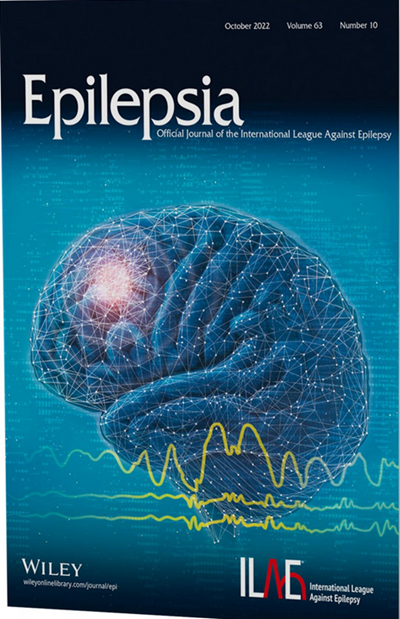Imbalance between hippocampal projection cell and parvalbumin interneuron architecture increases epileptic susceptibility in mouse model of methyl CpG binding protein 2 duplication syndrome
Abstract
Objective
Methyl CpG-binding protein 2 (MECP2) duplication syndrome is a rare X-linked genomic disorder affecting predominantly males, which is usually manifested as epilepsy and autism spectrum disorder (ASD) comorbidity. The transgenic line MeCP2Tg1 was used for mimicking MECP2 duplication syndrome and showed autism–epilepsy co-occurrence. Previous works suggested that the excitatory/inhibitory (E/I) imbalance is a potential common mechanism for both epilepsy and ASD. The projection neurons and parvalbumin (PV) interneurons account for the majority of E/I balance in the hippocampus. Therefore, we explored how structural changes of projection and PV+ neurons occur in the hippocampus of MeCP2Tg1 mice and whether these morphological changes contribute to epilepsy susceptibility.
Methods
We used the interneuron Designer receptors exclusively activated by designer drugs mouse model to inhibit inhibitory neurons in the hippocampus to verify the epilepsy susceptibility of MeCP2Tg1 (FVB, an inbred strain named as sensitivity to Friend leukemia virus) mice. Electroencephalograms were recorded for the definition of seizure. We performed retro-orbital injection of virus in MeCP2Tg1 (FVB):CaMKIIα-Cre (C57BL/6) mice or MeCP2Tg1:PV-Cre (C57BL/6) mice and their littermate controls to specifically label projection and PV+ neurons for structural analysis.
Results
Epilepsy susceptibility was increased in MeCP2Tg1 mice. There was a reduced number of PV neurons and reduced dendritic complexity in the hippocampus of MeCP2Tg1 mice. The dendritic complexity in MeCP2Tg1 mice was increased compared to wild-type mice, and total dendritic spine density in dentate gyrus of MeCP2Tg1 mice was also increased. Total dendritic spine density was increased in CA1 of MeCP2Tg1 mice.
Significance
Overexpression of MeCP2 may disrupt crucial signaling pathways, resulting in decreased dendritic complexity of PV interneurons and increased dendritic spine density of projection neurons. This reciprocal modulation of excitatory and inhibitory neuronal structures associated with MeCP2 implies its significance as a potential target in the development of epilepsy and offers a novel perspective on the co-occurrence of autism and epilepsy.

| 公司名称 | 产品信息 | 采购帮参考价格 |
|---|
 求助内容:
求助内容: 应助结果提醒方式:
应助结果提醒方式:


